Sheds are a great addition to any outdoor space, providing extra storage and workspace. However, before you start building, it’s important to know the regulations regarding shed size and planning permission. Building a shed without proper permission can result in penalties, fines, and even legal action.
Understanding planning permission is crucial when it comes to building a shed. Permitted developments and extensions can vary depending on the location, so it’s important to research the specific regulations for your area.
Shed size and design are also factors to consider, as exceeding the permitted size can result in legal consequences. Additionally, the position and boundary considerations of the shed must be taken into account to ensure compliance with local regulations.
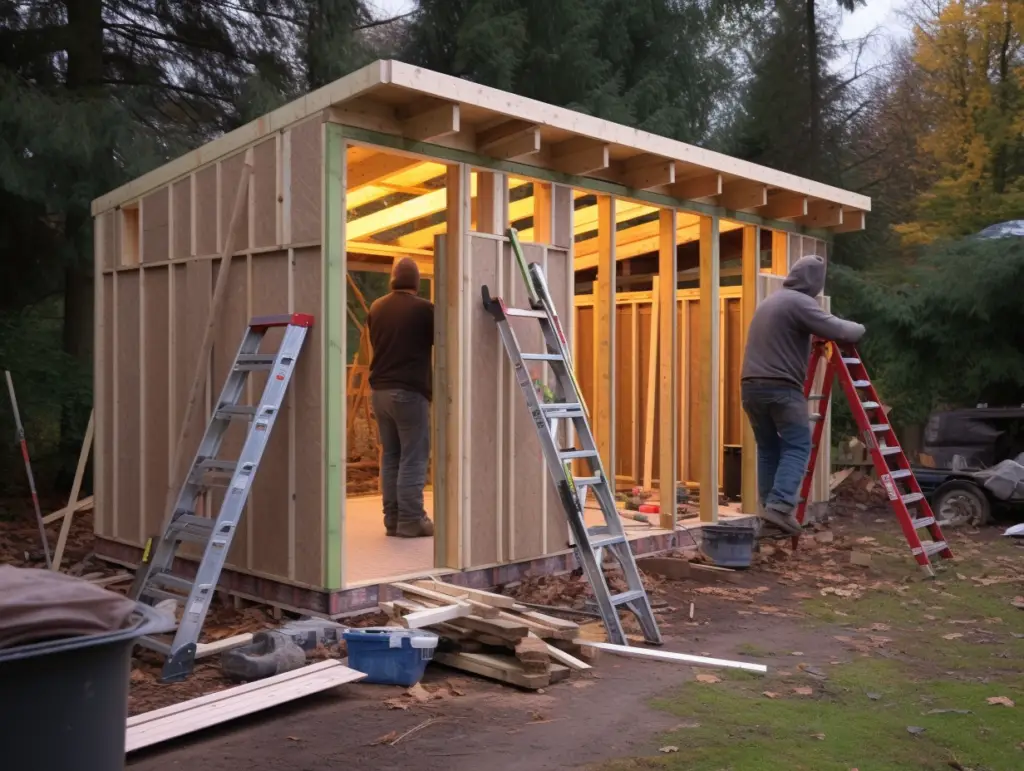
Key Takeaways
- Understanding the regulations regarding shed size and planning permission is crucial before building a shed.
- Shed size and design, as well as position and boundary considerations, must be taken into account to ensure compliance with local regulations.
- Non-compliance with local regulations can result in penalties, fines, and legal action.
Understanding Planning Permission
If you’re planning to build a shed, it’s important to understand the concept of planning permission. Planning permission is a legal requirement that must be met before you can start building any structure on your property. It is a set of rules and regulations that govern how you can use your land and what you can build on it.
In the UK, planning permission is required for most new buildings, major alterations, and changes of use of land or buildings. However, some small buildings, such as sheds, may be exempt from planning permission, provided they meet certain criteria.
The rules and regulations for planning permission are set by the government and local authorities. These rules vary depending on the type of building and its location. It’s important to check with your local council to find out what rules apply to your specific situation.
To avoid any issues, it’s always best to check whether you need planning permission before starting any building work. If you fail to obtain the necessary planning permission, you may be forced to remove the structure or face fines and legal action.
Building Regulations and Permits
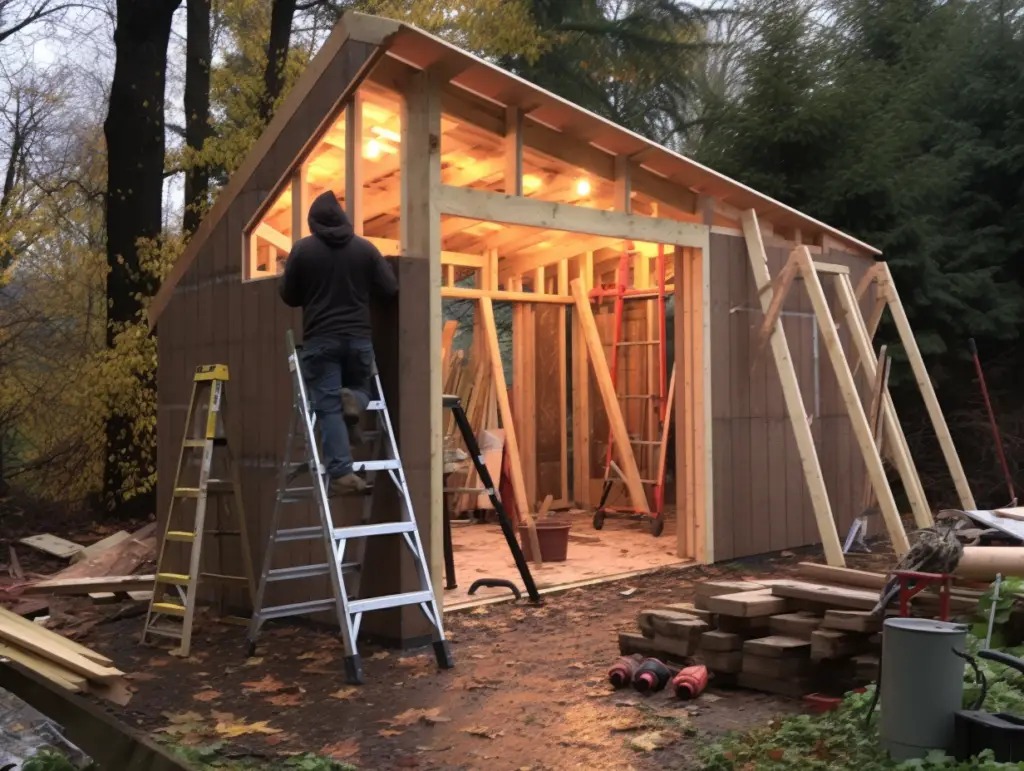
In addition to planning permission, you may also need to comply with building regulations and obtain permits for your shed.
Building regulations are a set of standards that ensure the safety and health of people in and around buildings. They cover aspects such as structural stability, fire safety, and energy efficiency.
Permits are required for certain types of building work, such as electrical and plumbing installations. These permits ensure that the work is carried out to a high standard and meets all relevant safety regulations.
It’s important to note that even if your shed is exempt from planning permission, you may still need to comply with building regulations and obtain permits. Again, it’s best to check with your local council to find out what rules apply to your specific situation.
Conclusion
Understanding planning permission, building regulations, and permits can be a complex process. However, it’s important to ensure that you comply with all relevant rules and regulations to avoid any issues down the line. Always check with your local council before starting any building work to ensure that you have all the necessary permissions and permits in place.
Permitted Developments and Extensions
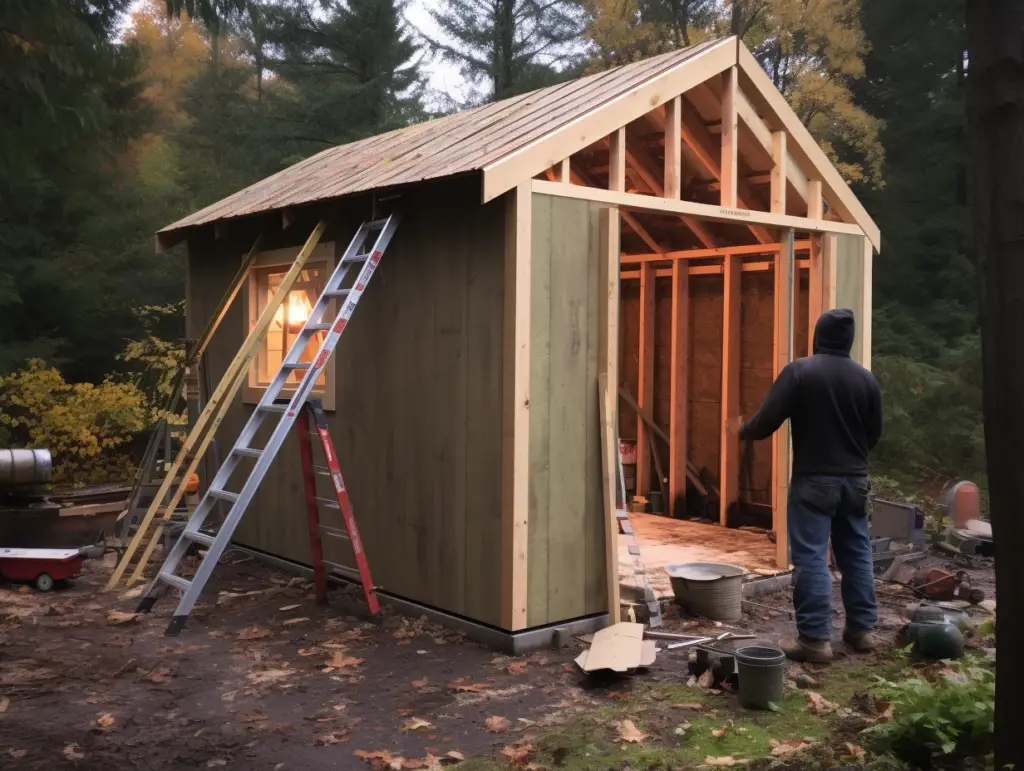
Permitted developments are changes or additions that you can make to your home without requiring planning permission. This means that you can extend your home without going through the hassle of obtaining planning permission.
However, there are limits to the size and type of extension that you can build under permitted development rights.
Extensions are a popular way to add space and value to your home. You can extend your home in various ways, such as adding a conservatory, a single-storey rear extension, or a double-storey extension. The size and type of extension that you can build depend on the original house’s size, location, and planning history.
Permitted developments for extensions can allow you to transform your home by extending under permitted development or without planning permission. The permitted development rules have recently been relaxed, allowing you to build an extension without planning permission of up to six metres (or eight metres if your house is detached). However, before you set to work, there are some things you need to consider to make sure this applies to your project.
Firstly, you need to check if your property is eligible for permitted development rights. This means that your property must not be in a conservation area, national park, or an area of outstanding natural beauty. If your property is in any of these areas, you will need to apply for planning permission.
Secondly, you need to make sure that your extension complies with the permitted development rules.
For example, if you want to build a single-storey rear extension, the maximum height is four metres, and the maximum depth is three metres for a semi-detached or terraced house. For a detached house, the maximum height is four metres, and the maximum depth is four metres.
In summary, if you want to extend your home without planning permission, you need to make sure that your property is eligible for permitted development rights and that your extension complies with the permitted development rules. By doing this, you can transform your home and add value without the hassle of obtaining planning permission.
Shed Size and Design
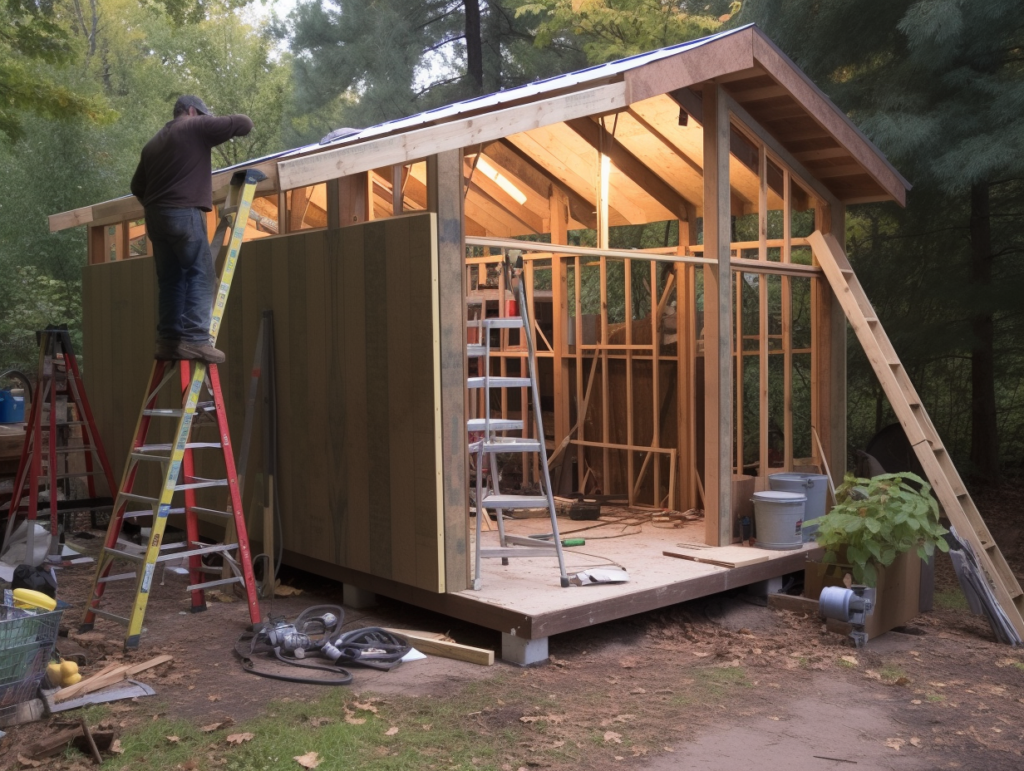
When it comes to building a shed without planning permission, the size and design of your shed are important factors to consider. Here are some things to keep in mind:
Shed Size
As a general rule, if the floor space of your shed is less than 15 square metres, you don’t usually require planning permission – unless you’re planning to sleep in it. However, it’s important to check with your local council as there may be specific regulations in your area.
Most councils allow for up to 10 square metres before you need to apply for a permit. That means, you could put up any shed that is 3mX3m or less and be all set to go with no permit.
Shed Height
The height of your shed is also important to consider. Single-storey sheds are usually allowed without planning permission, but if you’re planning on building a two-storey shed, you may need to apply for a permit.
The maximum height of a shed without planning permission is usually 2.5 metres. However, this can vary depending on your location, so it’s important to check with your local council.
Shed Design
When it comes to shed design, there are a few things to keep in mind. Firstly, you’ll want to make sure your shed is built on a level, stable surface. This will help ensure your shed is structurally sound and will last for years to come.
You’ll also want to consider the style of your shed. There are many different designs to choose from, including traditional apex roofs, pent roofs, and even flat roofs. It’s important to choose a design that not only looks great but also meets your storage needs.
In conclusion, when building a shed without planning permission, it’s important to consider the size and design of your shed. Make sure you check with your local council for any specific regulations in your area and choose a design that not only looks great but also meets your storage needs.
Building a Shed
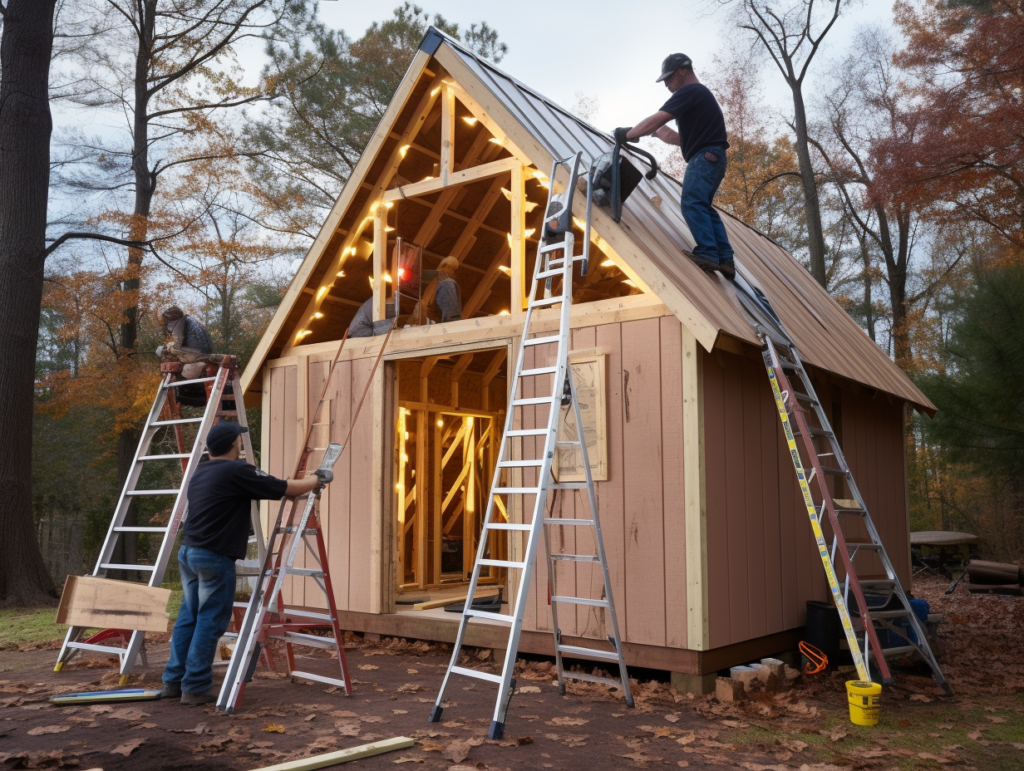
If you’re planning to build a shed in your backyard, it’s important to know the rules and regulations about planning permission. In general, you can build a shed without planning permission if it meets certain criteria. The size and location of the shed are the two main factors that determine whether you need permission or not.
In most cases, you can build a shed up to 100 square feet without needing planning permission. However, this can vary depending on your location. Some cities and counties have regulations that require a permit for any size shed, while others may allow sheds up to 200 square feet without a permit. It’s important to check with your local building department to find out what the rules are in your area.
It’s also important to consider the type of shed you’re building. If you’re building a shed that is considered a permanent structure, you may need planning permission. A permanent structure is typically one that is built on a foundation or has electricity or plumbing. If your shed is considered an outbuilding, which is typically a structure that is not permanently attached to the ground, you may not need planning permission.
When building a shed, it’s important to follow all building codes and regulations. This will ensure that your shed is safe and meets all the necessary requirements. Some common building codes for sheds include:
- The shed must be built on a level surface
- The shed must be at least 5 feet from any property lines
- The shed must be constructed with fire-resistant materials
- The shed must be properly ventilated
In addition to building codes, you may also need to consider zoning regulations. Zoning regulations are rules that govern how land can be used in a particular area. For example, if you live in a residential area, you may not be allowed to build a shed in your front yard.
Overall, building a shed can be a great way to add extra storage space to your property. Just be sure to check with your local building department to find out what the rules and regulations are in your area.
Shed Types and Uses
When it comes to sheds, there are many types and uses to consider. From basic storage sheds to more elaborate garden buildings, the right type of shed can serve a variety of purposes on your property.
Storage Sheds
Storage sheds are perhaps the most common type of shed, and they can be used to store everything from gardening tools and equipment to bicycles and outdoor furniture. These sheds can be made from a variety of materials, including wood, metal, and plastic, and they can be either freestanding or attached to a garage or other outbuilding.
Garden Sheds
Garden sheds are similar to storage sheds but are specifically designed for gardening tools and equipment. They often have built-in shelves and work surfaces, making them ideal for potting plants and other gardening tasks.
Greenhouses
Greenhouses are a type of shed that is specifically designed for growing plants. They are typically made of glass or polycarbonate panels and are designed to provide a controlled environment for plants to grow in. Greenhouses can be used to grow everything from vegetables and herbs to exotic flowers and tropical plants.
Summerhouses
Summerhouses are a type of shed that is designed for relaxation and entertainment. They are typically made of wood and are often equipped with windows, doors, and even electricity. Summerhouses can be used as a home office, a workout room, or simply a place to relax and enjoy the outdoors.
Garden Rooms
Garden rooms are similar to summerhouses but are typically larger and more elaborate. They can be used as a home office, a guest room, or even a home gym. Garden rooms are often equipped with electricity and heating, making them usable year-round.
Other Garden Buildings
In addition to sheds, there are other types of garden buildings that can serve a variety of purposes on your property. These include garages, workshops, and even outdoor kitchens. The right type of garden building for you will depend on your specific needs and budget.
Overall, there are many types and uses of sheds and garden buildings to consider. Whether you need a basic storage shed or a more elaborate garden room, there is sure to be a shed that meets your needs and fits your budget.
Position and Boundary Considerations
When building a shed without planning permission, it’s important to consider the position and boundary of the shed. The position of the shed should be at least 5 feet from side and rear property lines and at least 20 feet from a street property line. This typically applies to small sheds of 120 square feet or less and 10 feet high or less.
It’s also important to consider the curtilage of the property. Curtilage refers to the area of land that surrounds a dwelling and is used for the enjoyment of the dwelling. If the shed is within the curtilage of the property, it’s more likely to be considered a permitted development.
Boundary considerations are also important when building a shed. If you’re building a shed next to a neighbor’s fence, it’s important to know the legal requirements. Most municipalities require a shed to be at least 5 feet from side and rear property lines. However, it’s always a good idea to check with your local planning authority to ensure you’re meeting the requirements.
The position of the principal elevation of the shed is also important. The principal elevation is the side of the shed that faces the main garden or land. If the principal elevation faces a highway, it’s more likely that planning permission will be required.
In summary, when building a shed without planning permission, it’s important to consider the position and boundary of the shed. Make sure the shed is at least 5 feet from side and rear property lines and at least 20 feet from a street property line. Also, ensure the shed is within the curtilage of the property and that the principal elevation faces the main garden or land, not a highway.
Specific Regulations for Different Areas
When it comes to building a shed without planning permission, it is important to note that specific regulations may vary depending on the location. Here are some of the entities and areas where specific regulations may apply:
Designated Land
If your property is located on designated land, such as a national park, an area of outstanding natural beauty, a world heritage site, or the Broads, the rules for building a shed without planning permission may be stricter. In such cases, you may not be allowed to build a shed at all, or you may be limited to a smaller size.
Conservation Areas
If your property is located in a conservation area, you may need to apply for planning permission even if your shed is smaller than 100 square feet. This is because conservation areas are protected by law, and any changes to the landscape or buildings within them must be carefully considered.
Listed Buildings
If your property is a listed building, you may need to apply for planning permission for any changes, including building a shed. This is because listed buildings are considered to be of special architectural or historic interest, and any alterations must be approved by the local planning authority.
Verandas
If your shed has a veranda, it may be considered an extension and may require planning permission, even if it is smaller than 100 square feet. This is because verandas are considered to be part of the main building and are subject to the same planning regulations.
Roads
If your property is located on a road, you may need to consider the impact of your shed on road safety. For example, if your shed is close to the road, it may obstruct the view of drivers and pedestrians, which could be dangerous. In such cases, you may need to apply for planning permission or adjust the location of your shed.
Wales, Scotland, and Northern Ireland
The rules for building a shed without planning permission may differ in Wales, Scotland, and Northern Ireland. In general, the rules are similar to those in England, but it is important to check the specific regulations for your area.
Fields
If your shed is located in a field, you may need to consider the impact on the landscape and wildlife. In such cases, you may need to apply for planning permission or adjust the design of your shed to minimize its impact.
In summary, the rules for building a shed without planning permission may vary depending on the location and specific regulations. It is important to check the rules for your area and consider the impact of your shed on the landscape, wildlife, and safety.
Living Accommodations and Restrictions
When it comes to building a shed without planning permission, there are certain restrictions on how you can use the shed. While you can use it for storage, workshops, or as a home office, living accommodations are generally not allowed.
If you plan to use the shed as a living space, you may need to apply for planning permission. This is because living accommodations require more space and facilities than a typical shed. For example, a living space would require sleeping accommodations, living space, a bedroom, bathroom, and kitchen.
In terms of floor area, sheds that are used for living accommodations generally need to be larger than those used for storage or workshops. The exact size will depend on your local regulations, but in general, a shed that is used for living accommodations will need to be at least 400 square feet.
It is important to note that even if you do not plan to use the shed for living accommodations, there may still be restrictions on how you can use it. For example, some local regulations may prohibit the use of a shed as a home office if it is located in a residential area.
Overall, it is important to check your local regulations before building a shed to ensure that you are complying with all the necessary rules and restrictions.
Local Council and Building Permits
Before building a shed, it is important to check with your local council to determine whether you need a building permit. Building permits are required for most sheds, but the rules and regulations vary by location.
In general, if your shed is less than 100 square feet, you probably won’t need a building permit. However, it is always best to check with your local council to be sure. Some councils may require a permit for sheds as small as 80 square feet, while others may allow sheds up to 200 square feet without a permit.
When applying for a building permit, you will need to provide detailed plans of your shed, including its size, location, and materials. You may also need to provide information about the foundation, roof, and walls. Your local council will review your plans to ensure that they comply with local building codes and regulations.
Building codes vary by location, but they typically cover issues such as the height and size of the shed, the distance from property lines and other structures, and the type of materials used. For example, some councils may require a certain type of roof or siding material, while others may prohibit sheds that are taller than a certain height.
In some cases, you may need to obtain a shed permit in addition to a building permit. Shed permits are typically required for sheds that are less than 100 square feet, but again, the rules vary by location. Be sure to check with your local council to determine whether you need a shed permit in addition to a building permit.
Overall, it is important to do your research and check with your local council before building a shed. By following local regulations and obtaining the necessary permits, you can ensure that your shed is safe, legal, and built to last.
Penalties for Non-Compliance
Building a shed without planning permission can have serious consequences. In most cases, local authorities require permits for sheds that exceed certain size limits. Failure to comply with these regulations can result in hefty fines, legal action, and even the removal of the shed.
The exact penalties for non-compliance vary depending on the region and the specific regulations in place. In some areas, the penalties may be relatively minor, such as a small fine or a warning from the local authorities. In other areas, however, the penalties can be much more severe.
For example, in some areas, building a shed without a permit can result in a lien being placed on the property. This means that the local authorities can take legal action to seize the property if the fines and penalties are not paid. In extreme cases, the authorities may even order the removal of the shed at the owner’s expense.
It is also worth noting that non-compliance with shed regulations can result in other penalties. For example, if the shed is built too close to a neighbor’s property, it can result in complaints or legal action from the neighbor. This can lead to additional fines and legal fees for the shed owner.
In summary, it is important to comply with local shed regulations to avoid penalties. This includes obtaining the necessary permits, building the shed within the size limits, and ensuring that it is not located too close to neighboring properties. By doing so, shed owners can avoid fines, legal action, and other penalties that can result from non-compliance.
Listed Building Considerations
If you live in a listed building, you need to be aware that there are additional considerations when it comes to building a shed. A listed building is a building that is considered to be of special architectural or historic interest and is included on a list of buildings of national importance.
If your property is a listed building, you will need to obtain listed building consent before building a shed. Listed building consent is a type of planning permission that is required for any changes to a listed building, including the addition of a shed or other outbuilding.
When applying for listed building consent, you will need to provide detailed plans and specifications for your proposed shed. These plans should show the size, design, and materials of the shed, as well as its location on your property. The local planning authority will assess your application and consider factors such as the impact of the shed on the listed building and its surroundings.
It is important to note that even if your proposed shed falls within the size limits for permitted development, you will still need to obtain listed building consent if your property is a listed building. Failure to obtain the necessary consent could result in enforcement action being taken against you, which could include fines or even imprisonment.
In summary, if you live in a listed building, you will need to obtain listed building consent before building a shed. This involves submitting detailed plans and specifications for your proposed shed and having them assessed by the local planning authority. It is important to ensure that you obtain the necessary consent to avoid any potential legal issues.
Hiring Professionals
When building a shed, it may be necessary to hire professionals to ensure that the project is completed correctly and safely. Some tasks may require specialized skills or tools that are beyond the scope of a DIY project. Here are some professionals you may need to hire:
Tradespeople
- Carpenters: Carpenters are skilled in working with wood and can help with framing, roofing, and finishing work.
- Electricians: If you plan to run electricity to your shed, you will need an electrician to install wiring, outlets, and lighting fixtures.
- Plumbers: If you plan to install plumbing in your shed for a bathroom or sink, you will need a plumber to install pipes and fixtures.
- Masons: If you plan to build a foundation or install a brick or stone exterior, you will need a mason to lay the foundation or install the veneer.
When hiring tradespeople, it is important to do your research and find reputable professionals who are licensed and insured. Ask for references and check their credentials before hiring them. You should also get multiple quotes to compare prices and services.
Shed Builders
If you want to ensure that your shed is built to code and meets all regulations, you may want to consider hiring a shed builder. Shed builders specialize in building sheds and can help you design, plan, and construct your shed. They will also be familiar with local building codes and regulations and can ensure that your shed is compliant.
When hiring a shed builder, make sure to check their credentials and ask for references. You should also get multiple quotes and compare prices and services.
Project Managers
If you want to take a hands-off approach to building your shed, you may want to consider hiring a project manager. A project manager will oversee the entire project from start to finish, including hiring tradespeople, obtaining permits, and managing the construction process.
When hiring a project manager, make sure to check their credentials and ask for references. You should also get multiple quotes and compare prices and services. Keep in mind that hiring a project manager will add to the overall cost of your shed project.
Frequently Asked Questions
What is the maximum size of a shed I can build without planning permission?
The answer to this question varies depending on where you live and local regulations. In general, sheds that are less than 200 square feet and up to one story high can be built without planning permission. However, some states and counties require planning permission for all new sheds no matter the size. Certain states like Alabama and some counties in Florida require permits for any shed, no matter what.
Do I need a permit for a pre-built shed?
Yes, you still need a permit for a pre-built shed even if it meets the requirements for size and height without planning permission. This is because the shed still needs to meet local building codes and regulations.
What are the consequences of building a shed without a permit?
Building a shed without a permit can result in fines and legal action. In some cases, you may be required to remove the shed altogether. It’s important to check with your local authorities before building any structure on your property.
What is the largest shed size allowed without a permit in California?
In California, the largest shed size allowed without a permit is 120 square feet. The shed must also be less than 12 feet tall and located at least 3 feet away from property lines and other structures.
How tall can a shed be without a permit?
The height limit for sheds without a permit varies by location. In general, sheds can be up to one story high and less than 15 feet tall without a permit. However, some areas may have stricter height limits, so it’s important to check with your local authorities.
Do I need a building permit for a shed in Wisconsin?
In Wisconsin, building permits are required for sheds that are larger than 200 square feet, or for sheds that will be used for anything other than storage. It’s important to check with your local authorities to determine the specific regulations in your area.
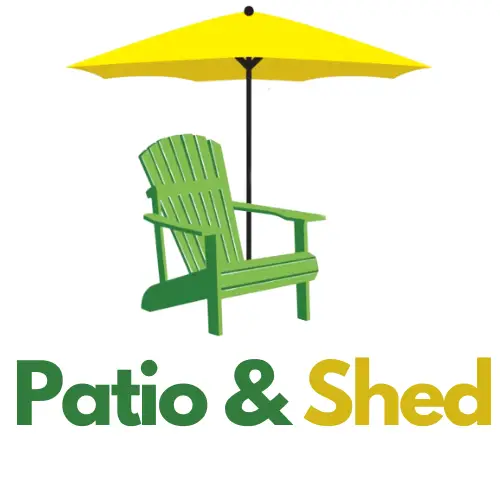
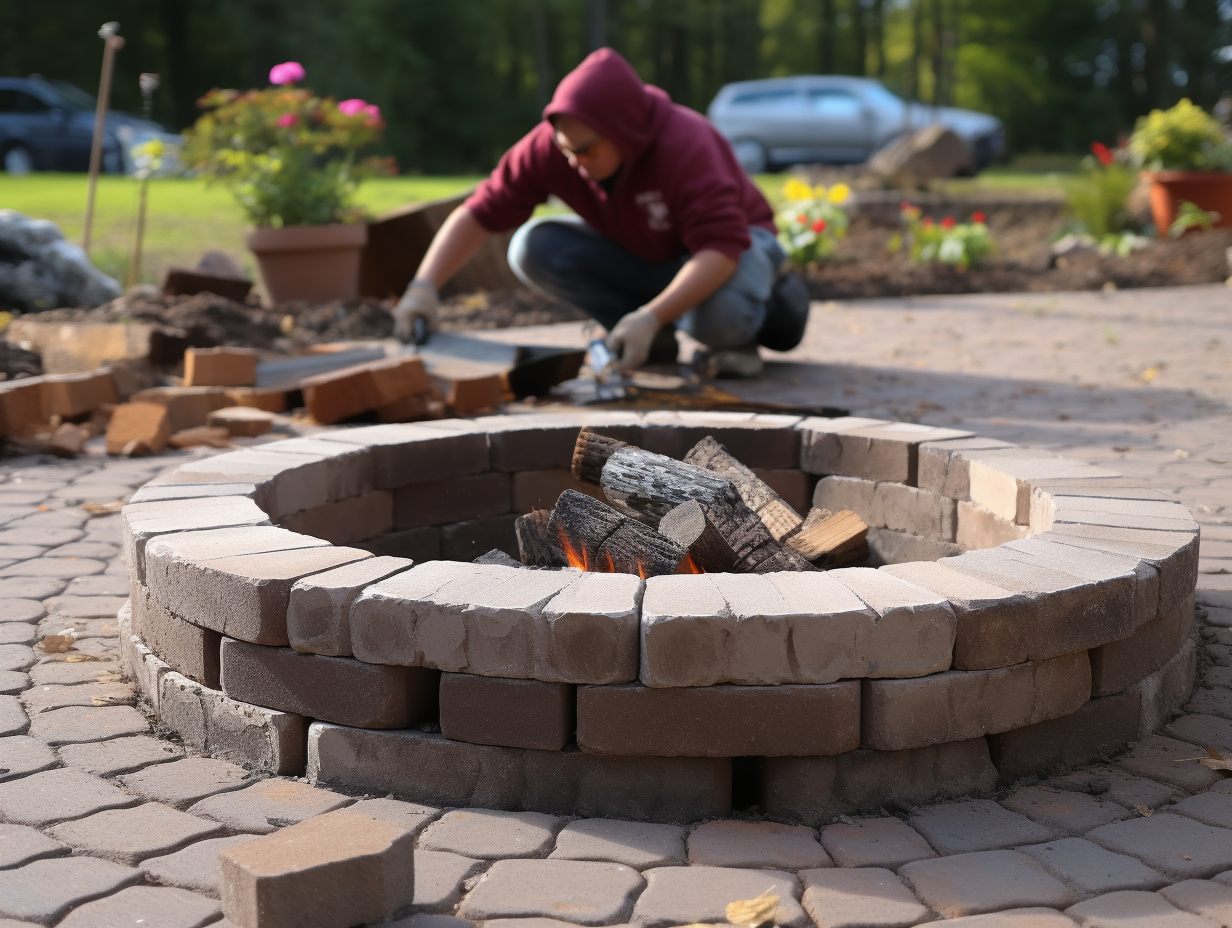

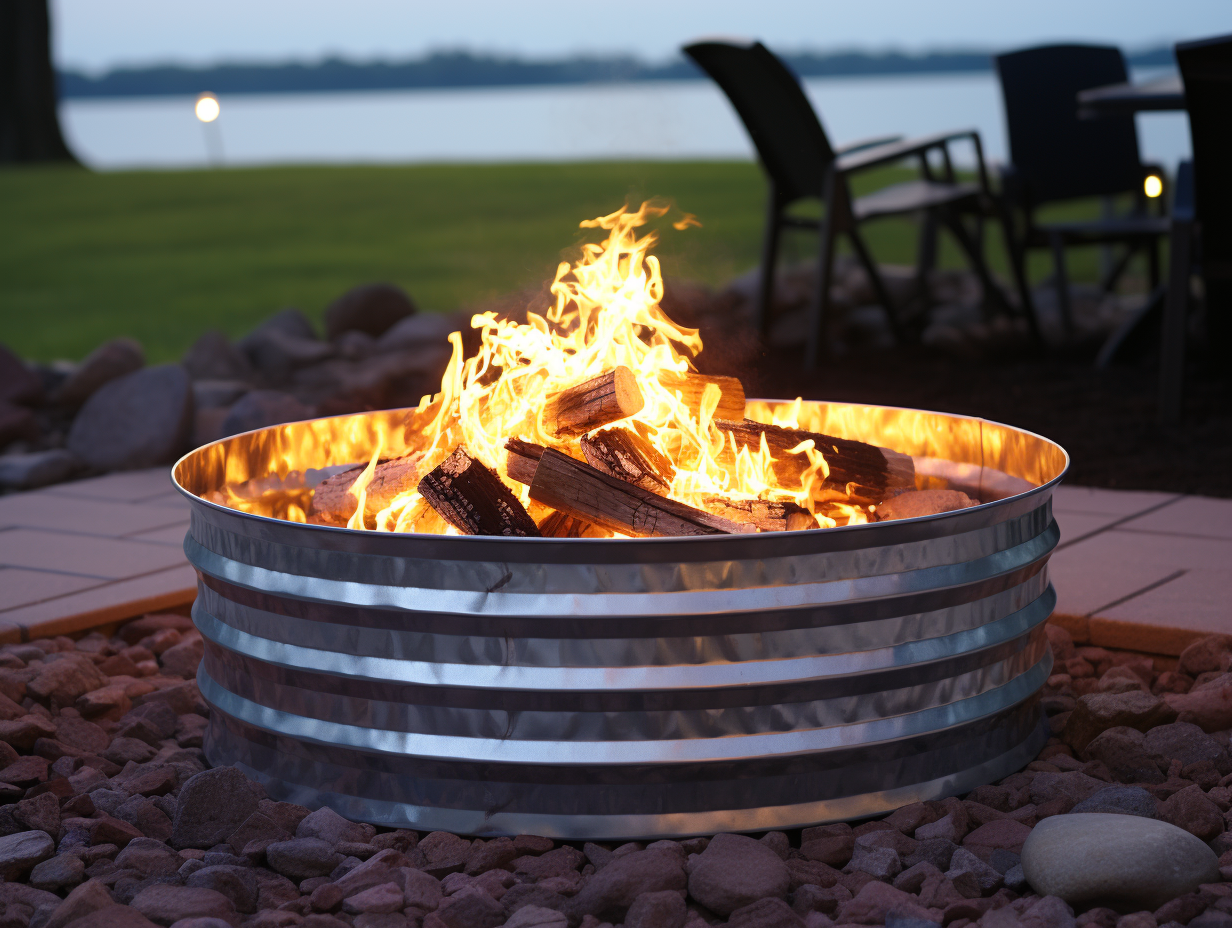

Leave a Reply